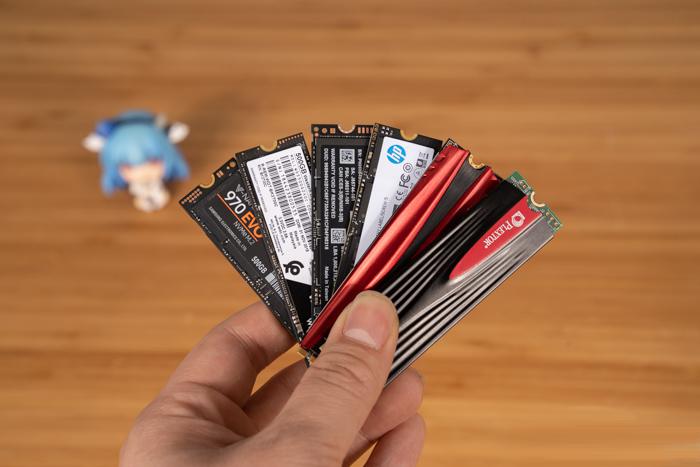From SLC to QLC: SSD with the biggest disadvantage becomes HDD’s strong opponent.
Guide: The Emergence of QLC SSD has been equal to HDD in capacity, and tries to push SSD into $0.14 per GB era.
From SLC to QLC: SSD with the biggest disadvantage becomes HDD’s strong opponent.
With the advantages of high-speed reading and writing, low noise and earthquake resistance, it is inevitable that SSD will replace HDD. However, due to cost and capacity, SSD did not complete this feat in the 15-years development. The Emergence of QLC SSD has been equal to HDD in capacity, and tries to push SSD into $0.14 per GB era, which means that SSD is blowing the horn of a full-scale invasion of HDD.
01 Structure and general situation of SSD
SSD is mainly composed of a PCB board, master chip, cache chip and flash particles. Unlike HDD having many mechanical structures, because of the absence of high-speed motor and magnetic head, SSD has almost no noise but good seismic performance when operating. In addition, SSD basically does not have the search time since disk rotation is not required, greatly shortening the response time, and the flash particles replacing the mechanical storage also makes SSD much faster than HDD in reading and writing.
The master chip is equivalent to the brain of SSD, one of the factors that determine the performance of SSD. On the one hand, it allocates the load of data on various flash memory chips; on the other hand, it links flash chip and external SATA, responsible for relaying the entire data.
The master chip manufacturers are mainly Intel, Sandfroce, Marvell, and Samsung. But it’s not too difficult to making research and development because the master chip can directly utilize ARM core, DDR physical layer and other mature IP through authorization. Thus, many master chip manufacturers are also changing from United States and Korea to Taiwan and mainland, such as JMicron and Phison in Taiwan, together with Gokemicro and Starblaze in mainland.

Except master chip, another core part of SSD is flash particles, which is essentially a kind of non-volatile memory. It uses electron to write and read for storage, far superior to HDD adopting machinery for storage in performance and stability.
Unlike master chip, flash particles have extremely high technical requirements. Currently, only Samsung, Intel/Micron, Toshiba/Western Digital and SK Hynix can produce self-produced flash particles, occupying nearly 90% of global market. Their technology can achieve 96 layers, or even 128 layers of 3D stacking. Greatly, YMTC dominated by UNIX has been able to achieve 32-layer stacking of flash particles. Although there is still a big gap between several major storage giants and YMTC, catching up with them isn’t a dream.
02 SSD with the biggest disadvantage becomes HDD’s strong opponent.
Development and principle of flash particles
Since SSD was gradually popularized in 2003, flash particles have undergone four generations, from the initial SLC, MLC, TLC to today's QLC. Each unit storage of four-generation particles changes from 1, 2, 3 to today's 4 data in turn. Voltage state upgrades from 2 to 16 changes, namely from 0 and 1 to
